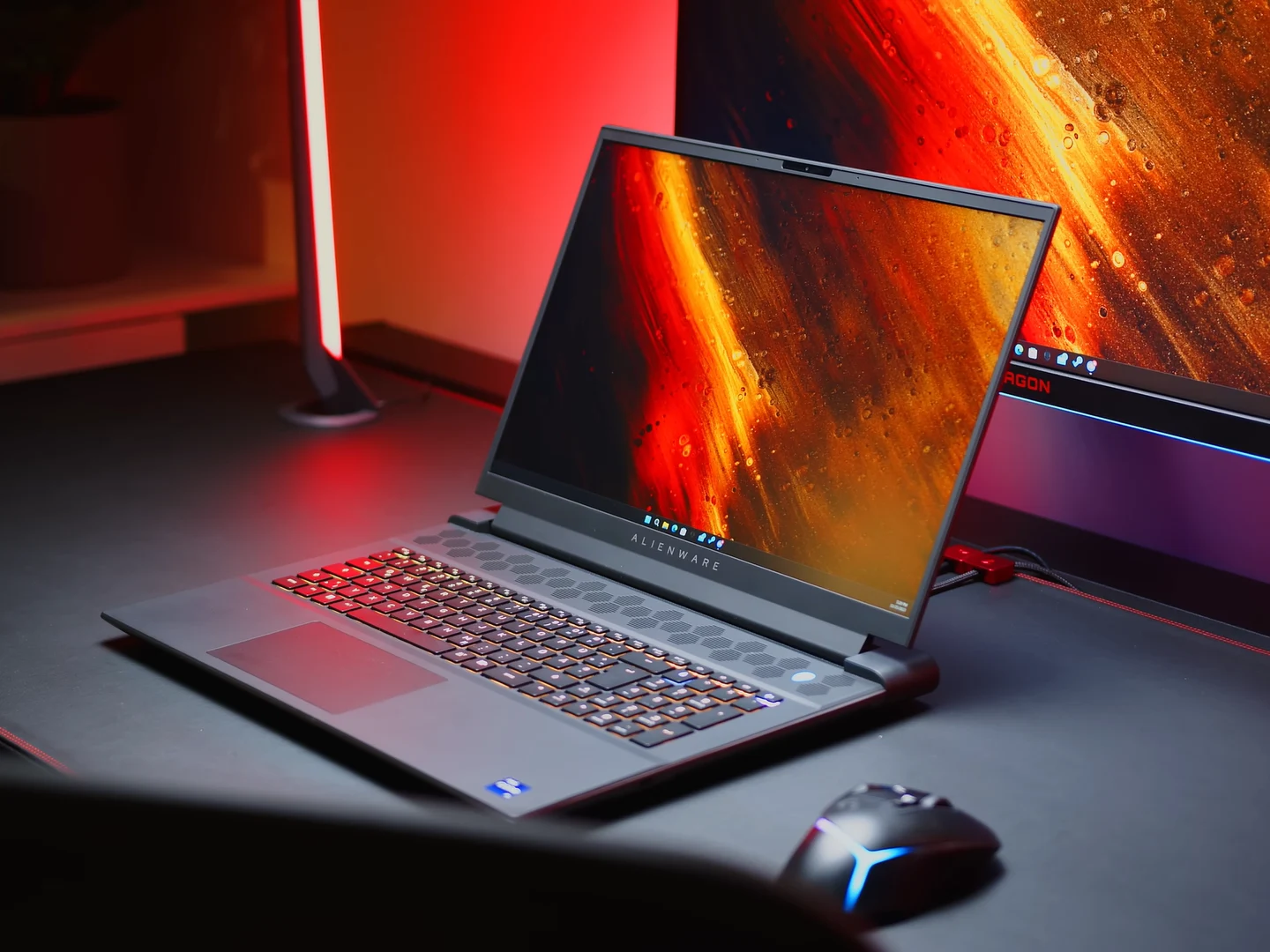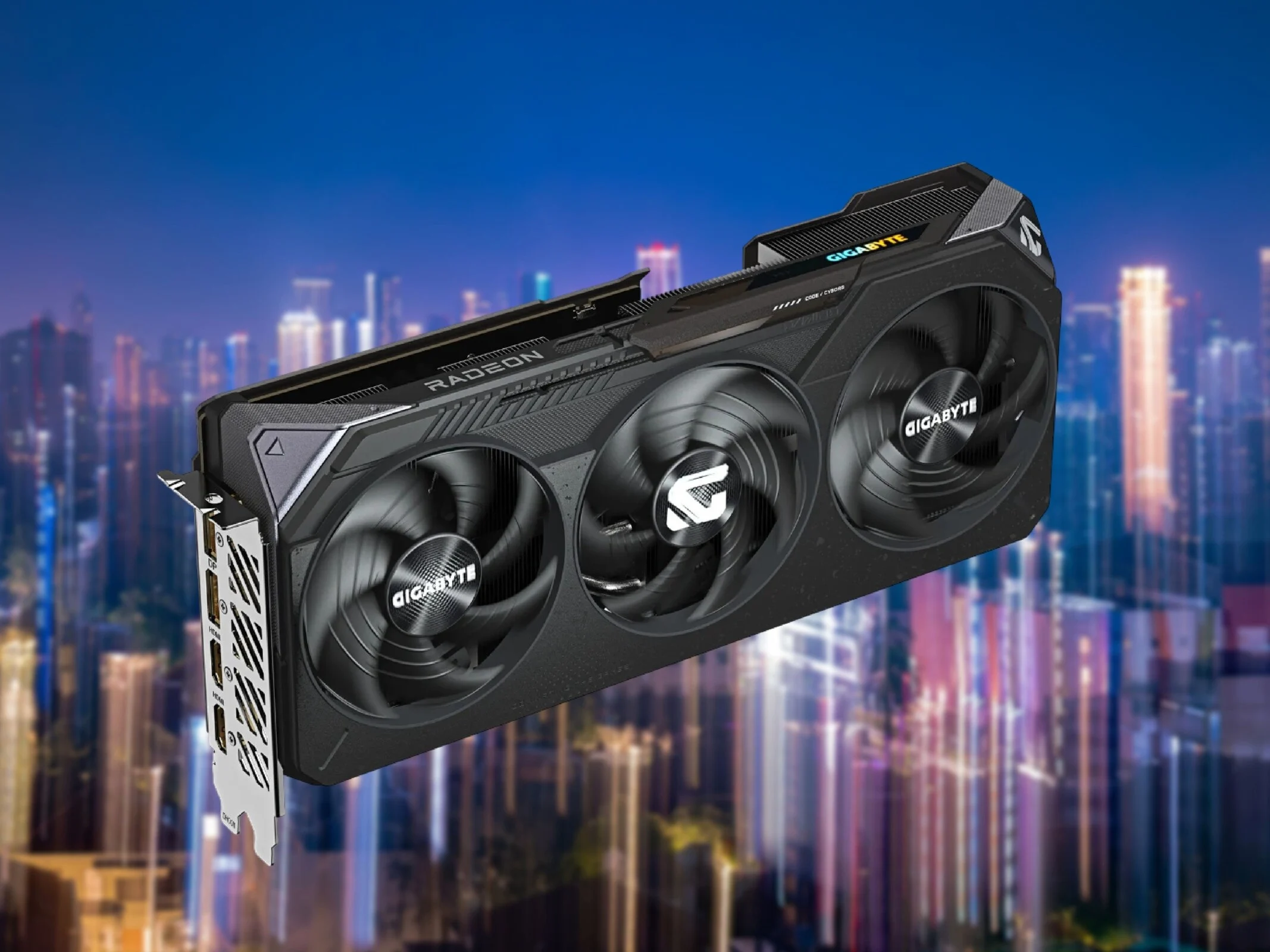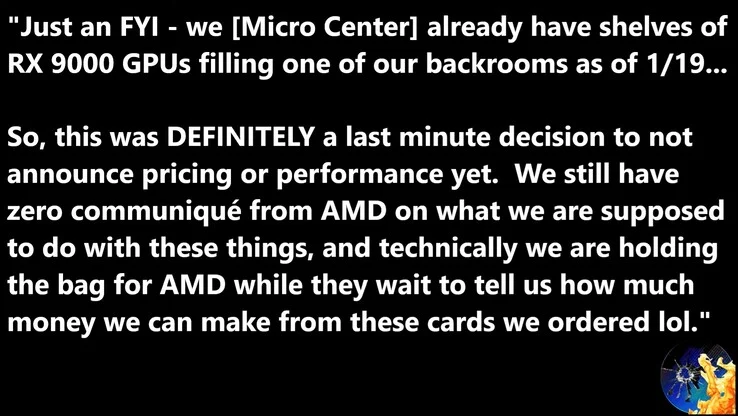Key Takeaways
1. AMD is developing six RX 9000 mobile GPUs, including the high-end RX 9080M and entry-level RX 9060S, based on RDNA 4 architecture.
2. The RX 9080M is expected to feature 64 Compute Units, 16 GB of GDDR6 VRAM, and 64 MB of Infinity Cache, but will have lower clock speeds and power limits than the desktop version.
3. The RX 9080M will compete with Nvidia’s RTX 5080, while the RX 9070M XT and RX 9070 target the RTX 5070 Ti and RTX 5070, respectively.
4. The RX 9070S is a slim version of the RX 9070M, and both RX 9060M and RX 9060S are aimed at competing with the RTX 5060.
5. Availability of AMD’s mobile GPUs remains a concern, despite strong specifications, as finding laptops with these GPUs has been challenging.
Back in December 2024, a leaker named All_The_Watts claimed that AMD was gearing up to launch several RDNA 4 laptop GPUs, which they might announce at CES 2025. Fast forward four months after CES 2025, and AMD still hasn’t introduced a single RX 9000 mobile graphics card. Despite this delay, All_The_Watts continues to share information about the RX 9000 RDNA 4 laptop lineup, including specifics on the RX 9080M.
Six Mobile GPUs in Development
It is said that AMD is working on six different RX 9000 mobile GPUs, ranging from the high-end RX 9080M down to the entry-level RX 9060S. Since there are just two RDNA 4 GPUs—Navi 48 and Navi 44—all RDNA 4 laptop models might be derived from either one of these two architectures.
The High-End RX 9080M
At the upper end of the range, AMD is reportedly readying the RX 9080M. This GPU is expected to have the complete Navi 48 chip with 64 Compute Units (CUs), 16 GB of GDDR6 VRAM, and 64 MB of Infinity Cache. However, there is no information on the thermal design power (TDP) or clock speeds. While these specifications are similar to those of the desktop RX 9070 XT, the RX 9080M’s final clock speeds and power limits will likely be significantly lower than its desktop version.
Competitors in the Lineup
AMD’s updated naming convention for the RDNA 4 GPUs makes it simpler to understand the performance levels intended by the company. Hence, the RX 9080M will compete against the RTX 5080 laptop graphics card.
Just below the RX 9080M, the RX 9070M XT and the RX 9070 aim at the RTX 5070 Ti and RTX 5070 laptop GPUs, respectively. The RX 9070M XT, which features a trimmed-down Navi 48 GPU, serves as the mobile variant of the desktop RX 9070 but comes with less VRAM and Infinity Cache. It’s rumored to include 48 CUs, 12 GB of GDDR6, and 48 MB of Infinity Cache.
For comparison, the RX 9070 has the same 48 CUs but with 16 GB of VRAM and 64 MB of Infinity Cache.
The RX 9070M might utilize the Navi 44 die, featuring 32 CUs, just 8 GB of VRAM, and 32 MB of Infinity Cache.
The RX 9070S Variant
The RX 9070S is essentially the same as the RX 9070M but tailored for “Slim” laptops, as noted by KeplerL2. This suggests that the RX 9070S could be a version of the RX 9070M with a limited TDP.
At the lower end, the RX 9060M and RX 9060S are set to compete against the RTX 5060 laptop. Both of these models will likely have a binned-down Navi 44 die equipped with 28 CUs, 8 GB of VRAM, and 32 MB of Infinity Cache. The RX 9060S seems to be the same card as the RX 9060M but designed for more portable notebooks.
In summary, AMD looks to have a comprehensive range of RDNA 4 laptop GPUs ready to take on the Nvidia RTX 50 series across all performance tiers, except at the flagship level, where the RTX 5090 is dominant. But while specs are one aspect, actual availability is another matter.
Finding laptops with AMD’s mobile GPUs, like the Alienware m18 R1 featuring the RX 7900M, is quite challenging. Therefore, even if AMD rolls out the RDNA 4 mobile GPUs as strong alternatives to GeForce models, the issue of availability will continue to be a concern.
Source:
Link



